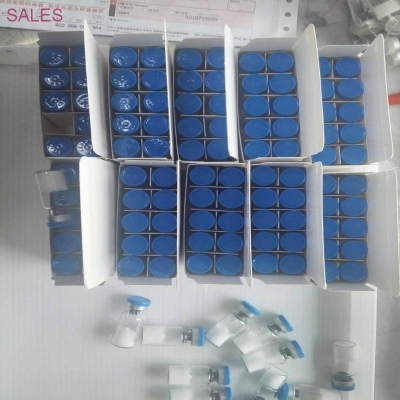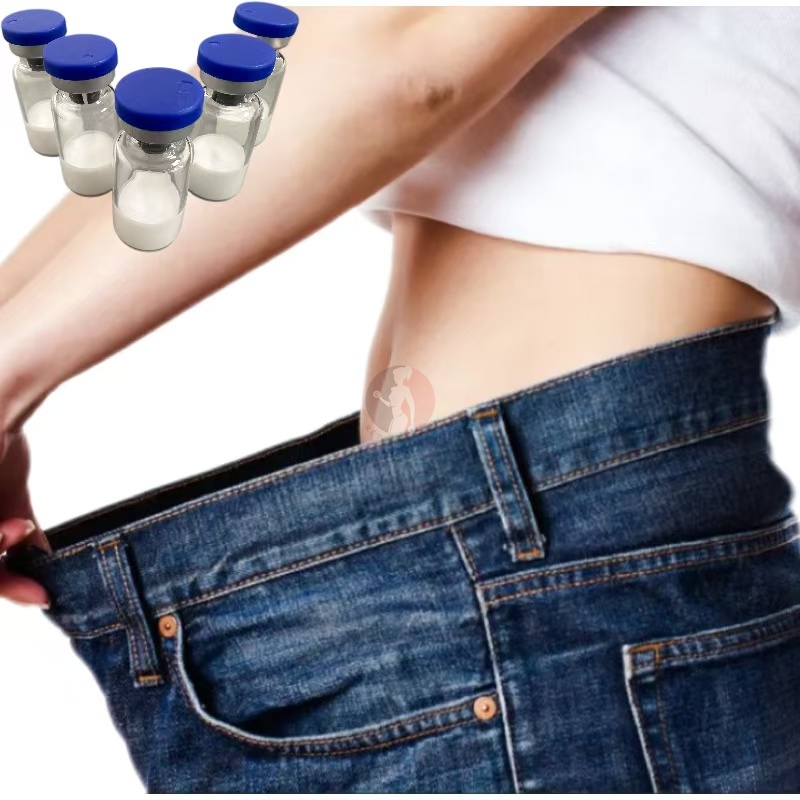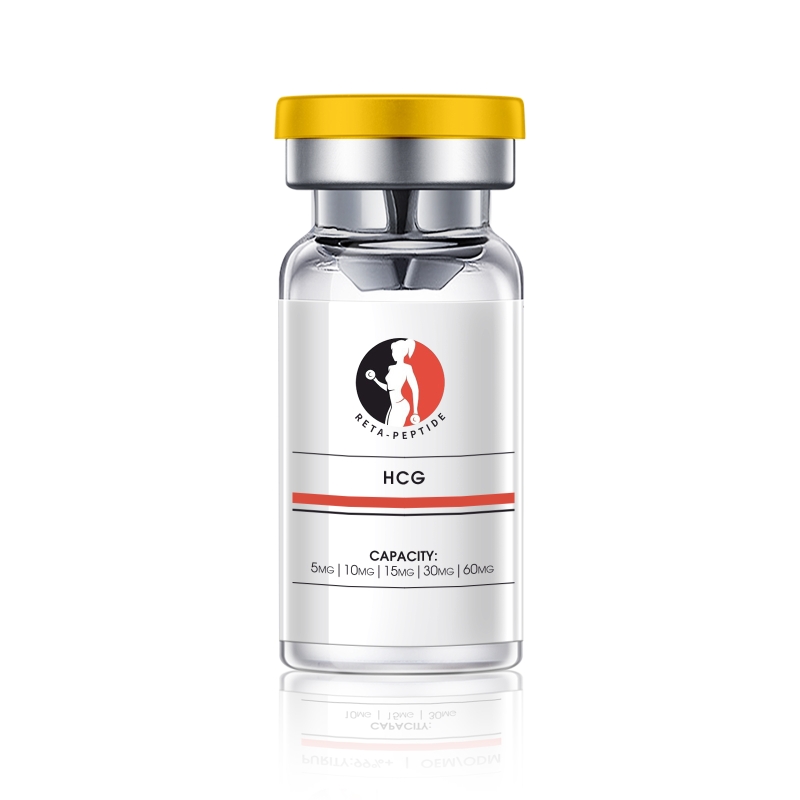-
Categories
-
Pharmaceutical Intermediates
-
Active Pharmaceutical Ingredients
-
Food Additives
- Industrial Coatings
- Agrochemicals
- Dyes and Pigments
- Surfactant
- Flavors and Fragrances
- Chemical Reagents
- Catalyst and Auxiliary
- Natural Products
- Inorganic Chemistry
-
Organic Chemistry
-
Biochemical Engineering
- Analytical Chemistry
-
Cosmetic Ingredient
- Water Treatment Chemical
-
Pharmaceutical Intermediates
Promotion
ECHEMI Mall
Wholesale
Weekly Price
Exhibition
News
-
Trade Service
Due to the high sensitivity and high resolution of mass spectrometers, which have advantages in both qualitative and quantitative aspects, there are more and more laboratories equipped with mass spectrometers.
Compared with chromatographs, mass spectrometers have higher environmental requirements, operation and maintenance.
It is also more troublesome.
The maintenance requirements of different brands of different series are different, but some basic daily maintenance operations of mass spectrometers are the same.
This time, I will summarize the daily maintenance of mass spectrometers, which is applicable to most liquid mass spectrometers
.
Special attention should be paid to the control of indoor temperature and humidity during use
.
In the general case of no external tube flight time, the mass spectrometer has strict environmental requirements, and the external environment directly affects the accuracy of the mass axis
.
The mass spectrometer adopts a two-stage pumping structure, the front stage is mechanical, and the rear stage is a molecular turbo pump.
The required pressure is reduced to the required pressure
.
When used in combination with a liquid chromatograph, it is first necessary to filter with a mobile phase <0.
45μm membrane, to distinguish between organic membranes and water membranes, and samples also need to be filtered or centrifuged at <10,000 rpm to remove solid impurities
.
When using liquid TFA, it is not suitable to use non-volatile acids or salts, such as borates and phosphates; it is not suitable to use liquid TFA to inhibit ion ionization, and the reaction of surfactants in mass spectrometers is fast, especially the ESI source, so , All tubes and utensils should not be cleaned with detergent, and ion-pairing reagents used to improve separation and chromatographic peak shape should also be used with caution
.
It is recommended to use acetic acid, formic acid, ammonium acetate, ammonium formate, ammonia water, etc.
in conjunction with the mass spectrometer
.
Adjust the liquid phase according to the selected ion source.
The ESI source is generally 0.
3~0.
6 mL/min.
The size of the conventional HPLC analysis column is 5 μm, 4.
6 × 250 mm, and the general flow rate is 1 mL/min.
The flow into the mass spectrometer is regulated
.
The temperature and flow of the nebulizer gas are adjusted according to the flow into the mass spectrometer and the properties of the sample
.
After the sample test is over, the injection tube needs to be cleaned.
After cleaning, stop the pump operation.
After the temperature of the ion source is lowered, select standby
.
Compared with chromatographs, mass spectrometers have higher environmental requirements, operation and maintenance.
It is also more troublesome.
The maintenance requirements of different brands of different series are different, but some basic daily maintenance operations of mass spectrometers are the same.
This time, I will summarize the daily maintenance of mass spectrometers, which is applicable to most liquid mass spectrometers
.
Special attention should be paid to the control of indoor temperature and humidity during use
.
In the general case of no external tube flight time, the mass spectrometer has strict environmental requirements, and the external environment directly affects the accuracy of the mass axis
.
The mass spectrometer adopts a two-stage pumping structure, the front stage is mechanical, and the rear stage is a molecular turbo pump.
The required pressure is reduced to the required pressure
.
When used in combination with a liquid chromatograph, it is first necessary to filter with a mobile phase <0.
45μm membrane, to distinguish between organic membranes and water membranes, and samples also need to be filtered or centrifuged at <10,000 rpm to remove solid impurities
.
When using liquid TFA, it is not suitable to use non-volatile acids or salts, such as borates and phosphates; it is not suitable to use liquid TFA to inhibit ion ionization, and the reaction of surfactants in mass spectrometers is fast, especially the ESI source, so , All tubes and utensils should not be cleaned with detergent, and ion-pairing reagents used to improve separation and chromatographic peak shape should also be used with caution
.
It is recommended to use acetic acid, formic acid, ammonium acetate, ammonium formate, ammonia water, etc.
in conjunction with the mass spectrometer
.
Adjust the liquid phase according to the selected ion source.
The ESI source is generally 0.
3~0.
6 mL/min.
The size of the conventional HPLC analysis column is 5 μm, 4.
6 × 250 mm, and the general flow rate is 1 mL/min.
The flow into the mass spectrometer is regulated
.
The temperature and flow of the nebulizer gas are adjusted according to the flow into the mass spectrometer and the properties of the sample
.
After the sample test is over, the injection tube needs to be cleaned.
After cleaning, stop the pump operation.
After the temperature of the ion source is lowered, select standby
.







